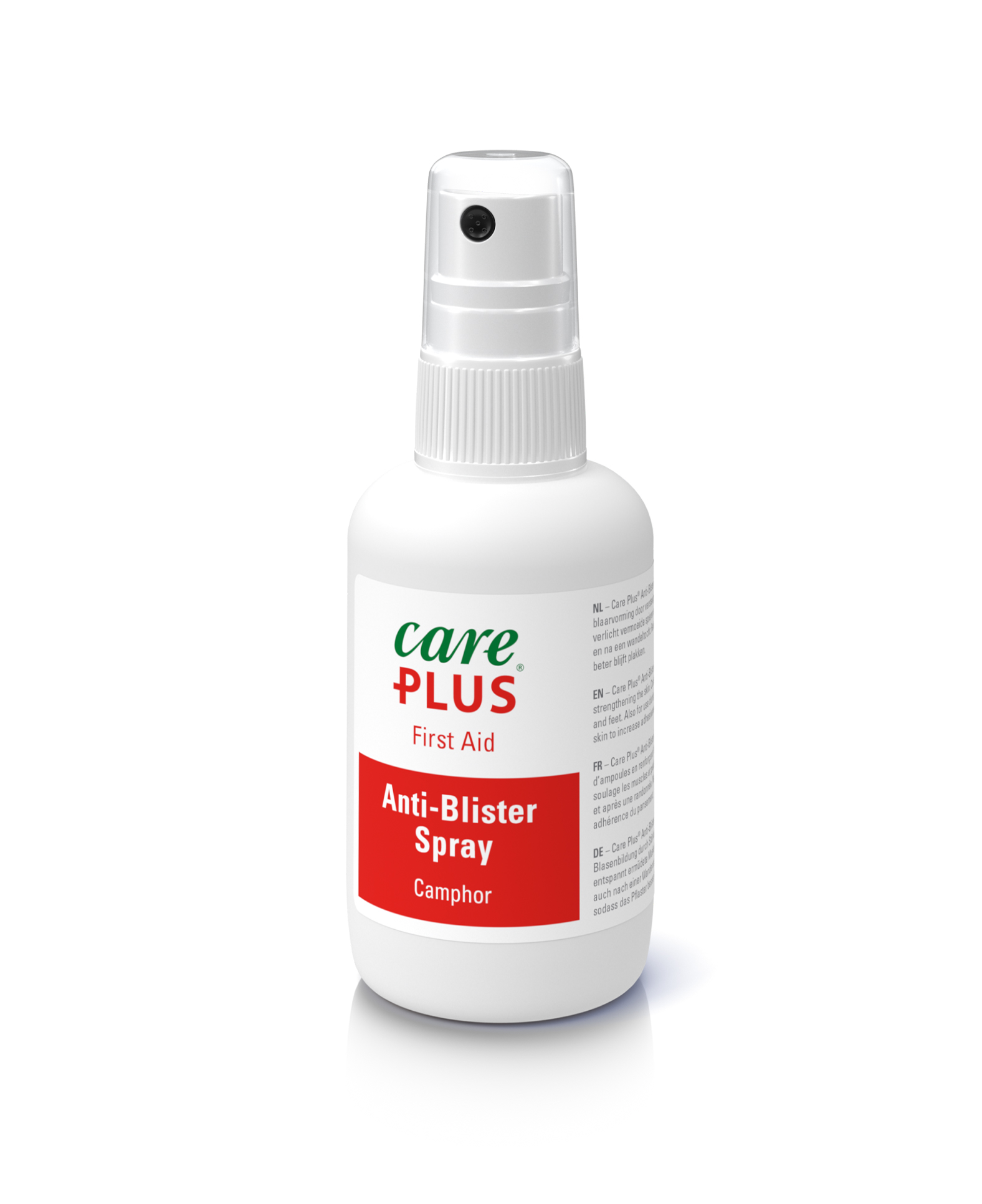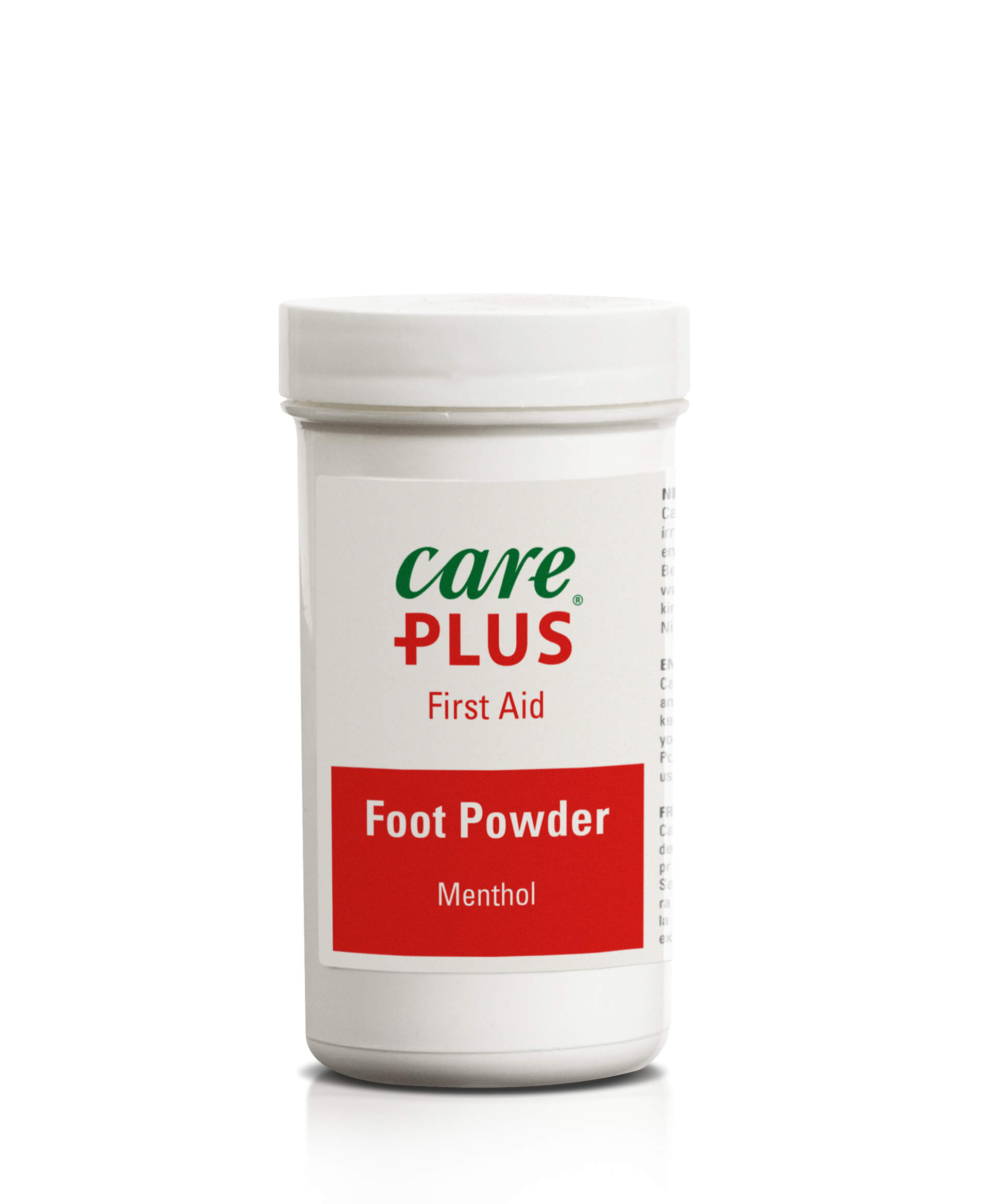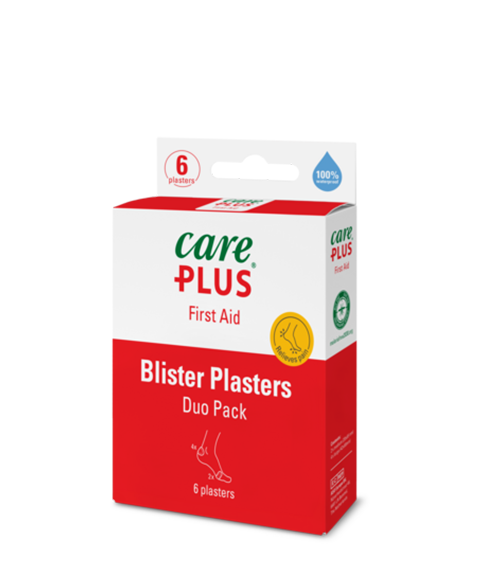Treating blisters
Blisters can cause serious discomfort and can be very painful. Depending on the location and the size of the blister, you can decide how best to treat it. Small blisters, that aren’t too painful, are best left alone and will heal perfectly fine in good time and after some rest. Puncturing blisters can lead to infection and all kinds of complications. Large(r) and more painful blisters can be treated in the following way:
- Clean the blister and the area around it with a disinfectant such as iodine or alcohol.
- Carefully puncture the blister on both sides with a sterile blade or needle.
- Carefully press the fluid out of the blister with some gauze or a cotton bud.
- Disinfect again and pat the blister until dry.
- Cover the blister with a good plaster.
It is important to put on dry socks after treatment and perhaps you can put a little talcum powder in your shoes. Try to walk as normal as possible. People tend to overcompensate trying to relieve the sore spot, which can lead to muscle and joint complaints.
Foot blisters are common at sports events and hikes. A blister can get infected. The blister then turns red and puss develops. That’s why it is so important to disinfect and treat a blister.
An infected blister can sometimes lead to infected lymphatic vessels (in the groin). Fortunately, this is rare, but if you do see a red line on the skin running upwards from the blister, or you are experiencing painful and/or swollen lymphatic nodes in your groin or armpits, contact your general practitioner immediately.



